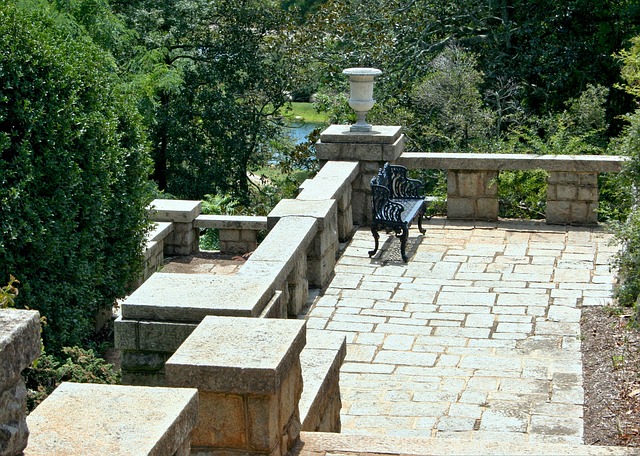Introduction
Selling antique furniture can be a profitable endeavor for collectors, enthusiasts, or anyone looking to declutter their home. However, it requires careful planning, research, and execution to ensure a successful sale. In this article, we will explore the various steps and strategies involved in selling antique furniture.
Research and Evaluation
Know your furniture: Before selling antique furniture, it is crucial to have a thorough understanding of the pieces you possess. Research their history, origin, style, and any unique features that may affect their value. This knowledge will help you accurately describe and market your furniture.
Assess the condition: Evaluate the condition of your antique furniture. Note any damages, repairs, or alterations that may impact its value. Be honest about the condition when advertising your pieces, as transparency builds trust with potential buyers.
Get an appraisal: Consider getting a professional appraisal to determine the value of your antique furniture. Appraisers can provide an unbiased assessment based on their expertise and market knowledge. This appraisal will help you set a fair asking price for your pieces.
Preparing for Sale
Clean and restore: Clean your antique furniture carefully, using appropriate methods and products. Avoid harsh chemicals that may damage the finish or patina. If necessary, consider professional restoration services to enhance the furniture’s appeal and value.
Photograph and document: Take high-quality photographs of your antique furniture from different angles. Capture any unique details or features that make your pieces stand out. Additionally, create a detailed inventory with descriptions, dimensions, and any historical information you have gathered.
Market research: Research the market to identify potential buyers and determine the best platforms to sell your antique furniture. Online marketplaces, antique shops, auctions, and specialized forums are common avenues for selling antique furniture. Understand the pros and cons of each option and choose the most suitable ones for your specific pieces.
Marketing and Promotion
Write compelling descriptions: Craft detailed and engaging descriptions for each piece of antique furniture you are selling. Highlight its unique characteristics, historical significance, and any notable craftsmanship. Use descriptive language to evoke interest and create a connection with potential buyers.
Utilize high-quality visuals: Alongside your well-written descriptions, include high-resolution photographs of your antique furniture. Showcase the pieces in a well-lit environment and capture their intricate details. These visuals will attract potential buyers and give them a better understanding of the items you are selling.
Online platforms: Utilize online platforms such as eBay, Etsy, or specialized antique marketplaces to reach a broader audience. Create attractive listings, optimize keywords, and provide accurate information to increase visibility. Engage with potential buyers promptly and professionally to build trust and facilitate sales.
Negotiation and Sale
Pricing strategy: Set a competitive yet realistic price for your antique furniture. Consider factors such as rarity, condition, demand, and the current market value. Be open to negotiation while ensuring you do not undervalue your pieces.
Be responsive: Respond promptly to inquiries from potential buyers. Provide additional information, answer questions, and address any concerns they may have. Being responsive and helpful can significantly increase the likelihood of a successful sale.
Secure payment and shipping: Once you have agreed on a price with a buyer, ensure a secure payment method is used. Consider using reputable platforms that offer buyer and seller protection. Safely package and ship the furniture, taking necessary precautions to protect it during transit.
Conclusion
Selling antique furniture requires careful research, preparation, and effective marketing strategies. By understanding the value of your pieces, preparing them for sale, and utilizing various marketing channels, you can maximize your chances of a successful sale. Remember to be responsive, transparent, and professional throughout the process.
References
– Antique HQ: antiquehq.com
– The Spruce Crafts: thesprucecrafts.com
– The Antiques Diva & Co: antiquesdiva.com













